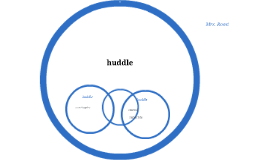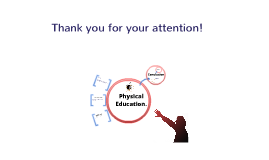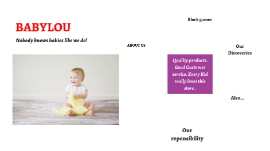gym
Transcript: Early development Family history Multiple targets Unusual gender pattern, ex: men with breast cancer Cancer family syndrome-a lot of family members with cancer Meningitis Lowering your Risk Hepatitis C Who is at Risk? Preventing Cancer and Other Illnesses What to Do When You Catch a Cold Attacks the membranes around the brain and spinal cord Can result in hearing loss, kidney failure, and permanent brain damage. About 2,400 to 3,000 cases occur every year and 10% are fatal. Can be spread through coughing, kissing, sharing drinks, utensils or cigarettes. How are they Spread Kristen Gawenus Michelle Malcolm Heidi Wu Karr Mullen Common Cold 2% of Americans have Hepatitis C Most people do not realize they have it Transmitted through needles and blood. Develop progressive, irreversible liver damage. Signs of Inherited Cancers Stay smoke-free Eat Smart Healthy weight Limit exposure to environmental risks Type 1- Insulin-dependent diabetes Type 2- non-insulin-dependent diabetes Who Does it Affect? Treatments are as follows: Ibuprofen for aches, antihistamines, and nasal sprays. Breast Cancer Prevention Most common in the first year of life Rises in young people from the ages 15 and 24 Freshman living in dorms are three times more likely to get it. 1.37 million individuals are diagnosed with cancer each year. Relative risk compares the risk of developing cancer in people with a certain exposure or trait to the risk in those who do not. Types of Diabetes Cold viruses spread by coughs sneezes touch What Could Happen? Less serious Transmitted through poor sanitation Children and staff at day cares, people who work with primates and sanitation workers are more likely to get hepatitis a. If one does not take care of their diabetes they could go blind, have kidney failure, cardiovascular disease and premature death. Eat healthy Keep weight down Exercise regularly. Obesity Diabetes Obesity causes 90,000 cancer deaths a year. The higher ones BMI their risk of death increases. Breast, colon, gallbladder and kidney cancer are only a few cancers that are related to obesity. Who is at Risk? Influenza 500,000 Americans contract hepatitis each year It causes inflammation of the liver Symptoms include: headaches, fever, fatigue, stiff or aching joints, nausea, vomiting, and diarrhea. There are approximately 200 cold viruses. Americans alone come down with 1 billion colds a year. Colds can occur in any season, however you can become immune to a few colds one season and then catch a cold another season. Rhinoviruses are common in the spring, summer and early fall. They include stuffy noses, headaches, and runny eyes. Adenoviruses strike in the winter and deal mainly with breathing passages and fevers. More severe than a cold 10-20% develop the Flu each year 36000 die from the Flu Transmitted the same way as a cold Can prevent getting the flu by receiving a flu shot or FLuMist which is a nose spray. Types of Cancer Carcinoma- most common, in the layers of cells that cover the body's surface. Sarcoma- forms in the connective tissues: bones, muscles, blood vessels. Leukemia- begins in the blood and then goes to your bone marrow, lymph nodes, and spleen. Lymphoma- harms your lymph system which filters out impurities. Every 3 minutes a woman in the US finds out she has breast cancer. Age: At 25 her chance of developing breast cancer is 1 in 19,608. By 45 it increases to 1 in 93 and by 65, it is 1 in 17. By 90-95, 1 in 8 women will have developed breast cancer. Family history Having a mother, sister, or daughter with breast cancer increases their chance of getting it as well. Women who had their first period before 12 are at a greater risk than those who did not. That is because of the amount of estrogen which is known to cause cancer if their is too much. Detection: Perform monthly breast self-exams after period. One must report any changes right away and to see a trained practitioner every 3 years and a yearly mammogram for all women starting at 40. Treatment: Lumpectomy which removes only the cancerous tissue and a Mastectomy which includes the entire breast and some underarm lymph node. It is a disease in which the body doesn't produce or respond properly to insulin. About 100 million people worldwide have diabetes and 16 million are in the US. Melanoma Potentially fatal, transmitted through blood and other bodily fluids. Infects around 350,000 people world wide each year. Can lead to chronic liver infection, cirrhosis, and liver cancer. Cancer Hepatitis Combination of interferon that stops the virus from duplicating and also ribavirin which is an antiviral medication. Deadliest type of skin cancer. The amount and intensity of sun exposure determine the risk of getting it. People who are more likely to get melanoma are people with fair skin, freckles, history of childhood sunburn, family history and a large number of moles. Cancer Hereditary cancer is when you carry a cancer-causing gene and is passed down from generation to

















